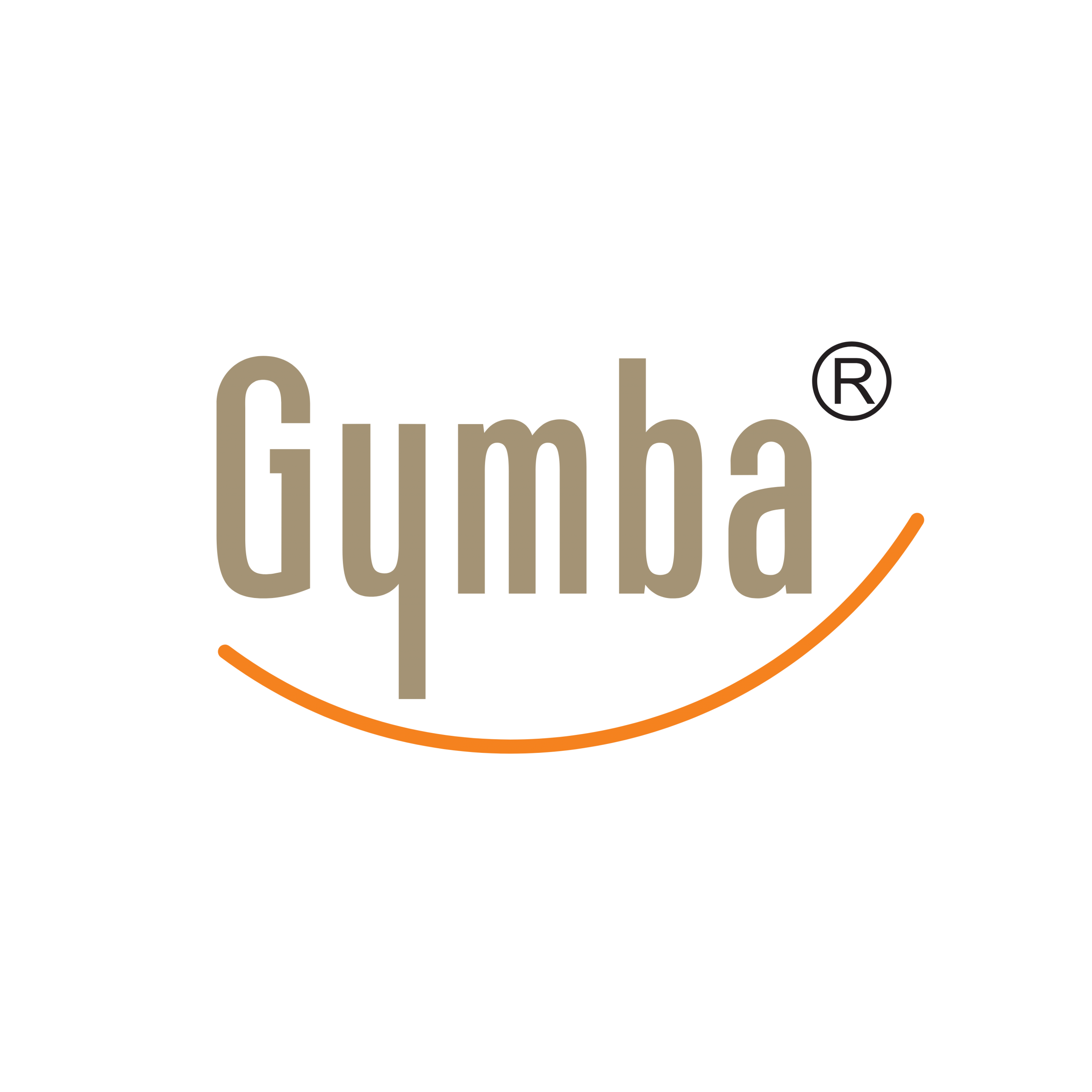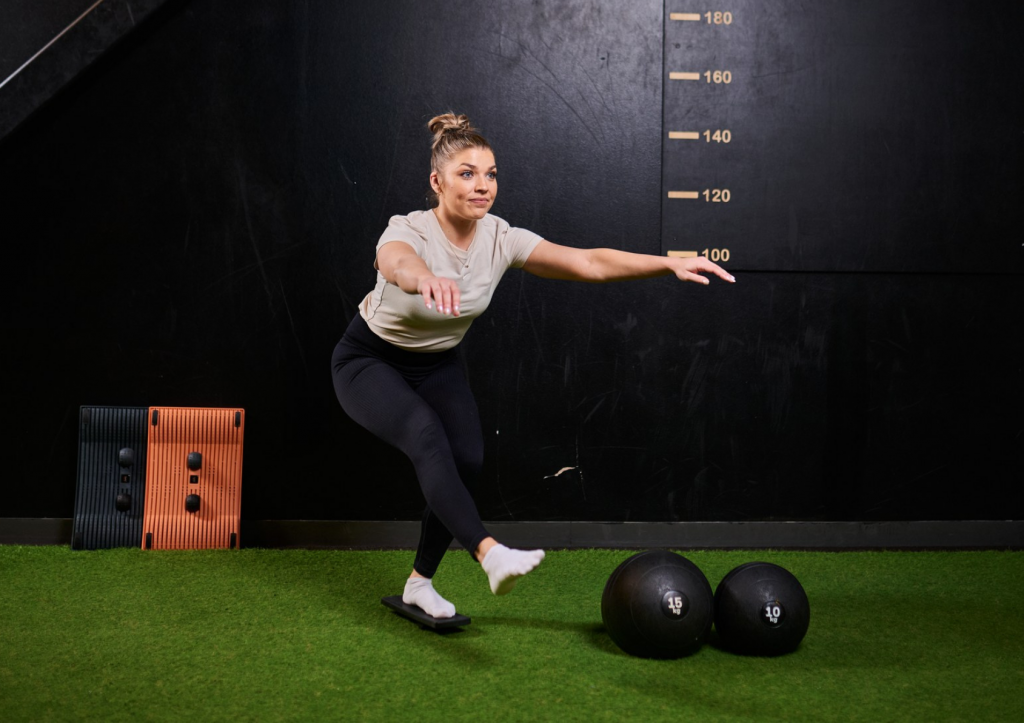For athletes across all disciplines, balance isn’t just a nice-to-have skill—it’s fundamental to performance, injury prevention, and career longevity. Whether you’re a weekend warrior or professional competitor, incorporating regular balance training into your routine creates a foundation for better movement patterns, quicker reactions, and improved athletic output. The good news? Effective balance training doesn’t require complex equipment or hours of dedicated practice. With the right approach and simple tools like the Gymba Balance Board MINI, just minutes of daily balance work can yield significant improvements in stability, coordination, and overall athletic performance.
Why balance training is crucial for athletic performance
Balance forms the foundation upon which all athletic movement is built. Every jump, sprint, change of direction, or technical skill execution relies on your body’s ability to maintain stability while in motion. When your balance improves, every other aspect of athletic performance can advance.
Research consistently shows that athletes with superior balance capabilities demonstrate faster reaction times, better body control, and more efficient movement patterns. This translates directly to performance advantages across virtually every sport—from the gymnast requiring precise control to the rugby player absorbing contact while staying upright.
Perhaps most importantly, balance training serves as powerful injury prevention. Athletes with well-developed proprioception (your body’s awareness of its position in space) experience fewer ankle sprains, knee injuries, and falls. This protective effect is particularly valuable for sports involving jumping, landing, and rapid direction changes.
Balance work also engages the often-neglected smaller stabilizing muscles that support joints during complex movements. While traditional strength training focuses on primary movers, balance exercises recruit these critical supporting muscles that keep you stable during athletic performances.
How does the Gymba Balance Board MINI enhance balance training?
The Gymba Balance Board MINI offers a versatile platform specifically designed to challenge and improve balance capabilities for users at any skill level. Unlike flat-surface training, the MINI creates controlled instability that forces your body to make continuous micro-adjustments—the exact skill development needed for athletic balance improvement.
Its compact design makes it ideal for targeted single-leg training, which research shows is particularly effective for athletes. By working one limb at a time, you can address side-to-side imbalances that often contribute to both performance limitations and injury risks.
The MINI’s portability also solves the consistency challenge that derails many training programmes. At just 320 grams, it travels easily to training sessions, competitions, or home workouts, removing the “lack of equipment” barrier to regular practice.
Beyond basic balance work, the MINI serves multiple training functions. It can intensify core and lower body exercises when incorporated into strength routines. For rehabilitation purposes, its adjustable difficulty (based on foot positioning) allows for progressive challenge as stability improves during recovery.
5 effective daily balance exercises using the Balance Board MINI
These progressive exercises can be performed daily, requiring just minutes to complete:
- Basic Single-Leg Stand – Place the MINI on a non-slip surface and stand on it with one foot centered. Hold for 30 seconds, then switch legs. Beginners can keep fingertips on a wall for support; advanced athletes can close their eyes or add arm movements.
- Dynamic Weight Shifts – Stand on the MINI with one foot and gently shift your weight in small circles, forward/backward, and side-to-side while maintaining control. Progress by increasing movement range or speed as balance improves.
- Single-Leg Squat Touch – Standing on the MINI with your right foot, extend your left leg forward. Perform a partial squat while reaching toward your extended foot. Begin with shallow movements, gradually increasing depth as stability improves.
- Reactive Balance Catches – While balanced on the MINI, have a partner toss a light ball toward you at different heights and angles. Catch and return it without losing balance. Solo alternative: bounce a ball against a wall.
- Multi-Planar Reaches – Stand on the MINI and reach in eight directions (forward, diagonal, side, etc.) with your free leg or opposite arm, challenging your balance in multiple movement planes. Advanced variation: hold light weights while performing reaches.
For best results, perform these exercises barefoot to maximize proprioceptive feedback and foot muscle activation.
Integrating balance work into rehabilitation and recovery
For athletes recovering from injury, the Balance Board MINI offers graduated challenge that can be precisely tailored to rehabilitation protocols. Begin with partial weight-bearing exercises during early recovery phases, progressing to full single-leg loading as healing advances.
Beyond balance training, the MINI provides valuable foot recovery benefits when flipped upside down. The board’s stationary massage points create targeted acupressure on the plantar fascia, helping release tension and improve circulation after training sessions or competition.
This myofascial release feature is particularly beneficial for athletes in high-impact sports or those susceptible to plantar fasciitis. Simply place the inverted board under your foot and apply gentle pressure to tight areas, moving your foot as needed to target specific tension points.
The MINI also serves as an effective calf stretching tool, helping maintain ankle mobility—a critical but often overlooked component of balance and injury prevention. Place the forefoot on the board’s edge and gently lower the heel to create a controlled stretch.
Creating a progressive balance training program
To maximize improvements, follow these programming principles:
- Frequency: Include balance work 3-5 days weekly. Daily short sessions (5-10 minutes) typically yield better results than fewer, longer sessions.
- Progression Path: Begin with static balance holds, advance to dynamic movements, then add external challenges (unstable surfaces, closed eyes, resistance, reactive elements).
- Integration Approach: Incorporate balance exercises into warm-ups before training, as active recovery between strength sets, or as standalone sessions on lighter training days.
- Specificity Principle: Gradually make balance challenges mimic your sport’s demands. A basketball player might practice catches and pivots on the MINI; a runner might focus on single-leg stability with forward lean.
Track your progress objectively by measuring hold times, exercise difficulty levels achieved, or performance on standardized balance tests. Most athletes notice significant improvements within 3-4 weeks of consistent training.
Balance training represents one of the highest-value investments in athletic development—requiring minimal time and equipment while delivering substantial performance and injury-prevention benefits. By incorporating the Gymba Balance Board MINI into your regular routine, you establish a foundation of stability that enhances virtually every aspect of athletic movement.

